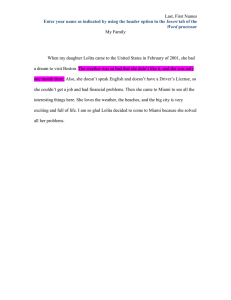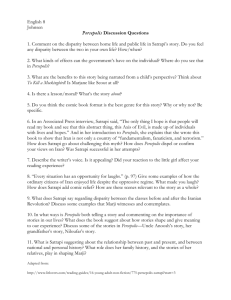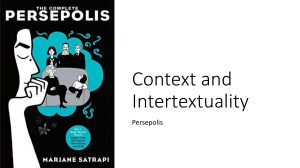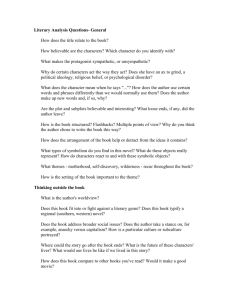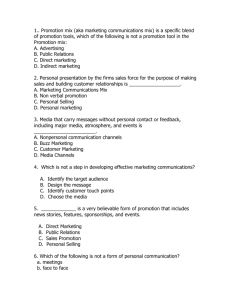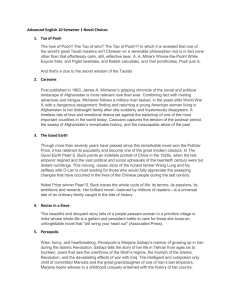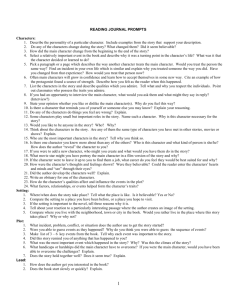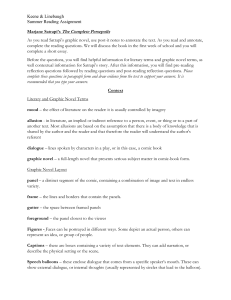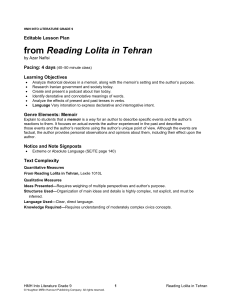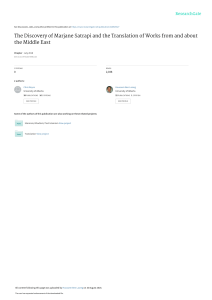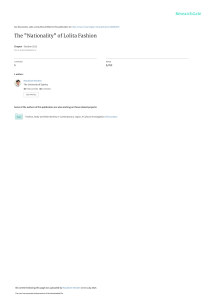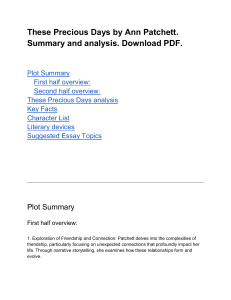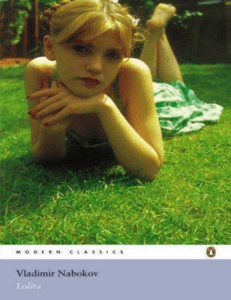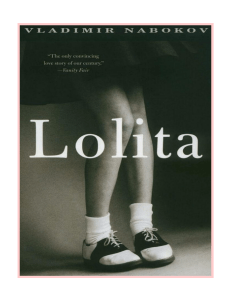Book Group How
advertisement
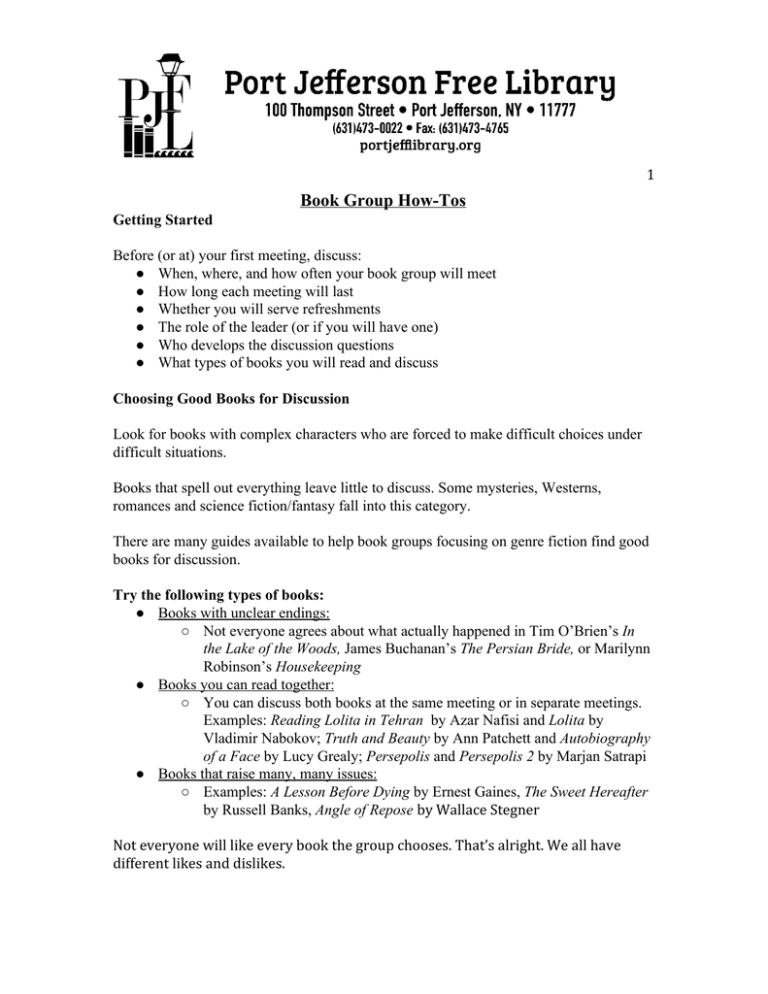
1 Book Group How­Tos Getting Started Before (or at) your first meeting, discuss: ● When, where, and how often your book group will meet ● How long each meeting will last ● Whether you will serve refreshments ● The role of the leader (or if you will have one) ● Who develops the discussion questions ● What types of books you will read and discuss Choosing Good Books for Discussion Look for books with complex characters who are forced to make difficult choices under difficult situations. Books that spell out everything leave little to discuss. Some mysteries, Westerns, romances and science fiction/fantasy fall into this category. There are many guides available to help book groups focusing on genre fiction find good books for discussion. Try the following types of books: ● Books with unclear endings: ○ Not everyone agrees about what actually happened in Tim O’Brien’s In the Lake of the Woods, James Buchanan’s The Persian Bride, or Marilynn Robinson’s Housekeeping ● Books you can read together: ○ You can discuss both books at the same meeting or in separate meetings. Examples: Reading Lolita in Tehran by Azar Nafisi and Lolita by Vladimir Nabokov; Truth and Beauty by Ann Patchett and Autobiography of a Face by Lucy Grealy; Persepolis and Persepolis 2 by Marjan Satrapi ● Books that raise many, many issues: ○ Examples: A Lesson Before Dying by Ernest Gaines, The Sweet Hereafter by Russell Banks, Angle of Repose by Wallace Stegner Not everyone will like every book the group chooses. That’s alright. We all have different likes and dislikes. 2 Reading a Book for Discussion Reading a book to discuss is different from reading for pleasure. Ask yourself questions, read carefully, and imagine yourself in the story. Think about the style and structure of the book. ● Make notes and mark pages as you go. This may slow your reading, but it saves time searching for key passages later ● Ask tough questions of yourself and the book ● Analyze themes. What is the author trying to say in the book? ● Get to know the characters. Consider their faults and motives ● Notice the book’s structure. Do the chapters begin with quotes? How many people tell the story? Is the book written in flashbacks? Does the order make sense to you? ● Compare to other books and authors. Themes often run through an author’s works. Comparing one author’s book with another’s can help you decide how you feel about the book. Leading the Discussion Discussion leaders may want to bring background information about the author and book to a meeting. Some online resources are: ● Booklist Online ● Literature Resource Center Coming up with Good Discussion Questions Examine the book ● How does the title relate to the book? ● How believable are the characters? Which character do you identify with? ● What makes the main character sympathetic or unsympathetic? ● Why do certain characters act the way they act? Do they have an ax to grind, a political ideology, religious belief, or psychological disorder? ● How does the author use certain words and phrases differently than we would normally use them? Does the author make up new words and, if so, why? 3 ● Are the plot and subplots believable and interesting? What loose ends, if any, did the author leave? ● How is the book structured? Flashbacks? Many points of view? Why do you think the author chose to write the book this way? ● How does the way the book is arranged help or detract from the ideas it contains? ● What types of symbolism do you find in this novel? What do these objects really represent? How do characters react to and with these symbolic objects? ● What themes- motherhood, self-discovery, wilderness- recur throughout the book? How is the setting of the book important to the theme? Draw Conclusions ● What is the great strength or most noticeable weakness of the book? ● What did the author try to do in the book? Was he or she successful? Still have questions? Speak with a Reference Librarian in the Library or call 631-473-0022.
